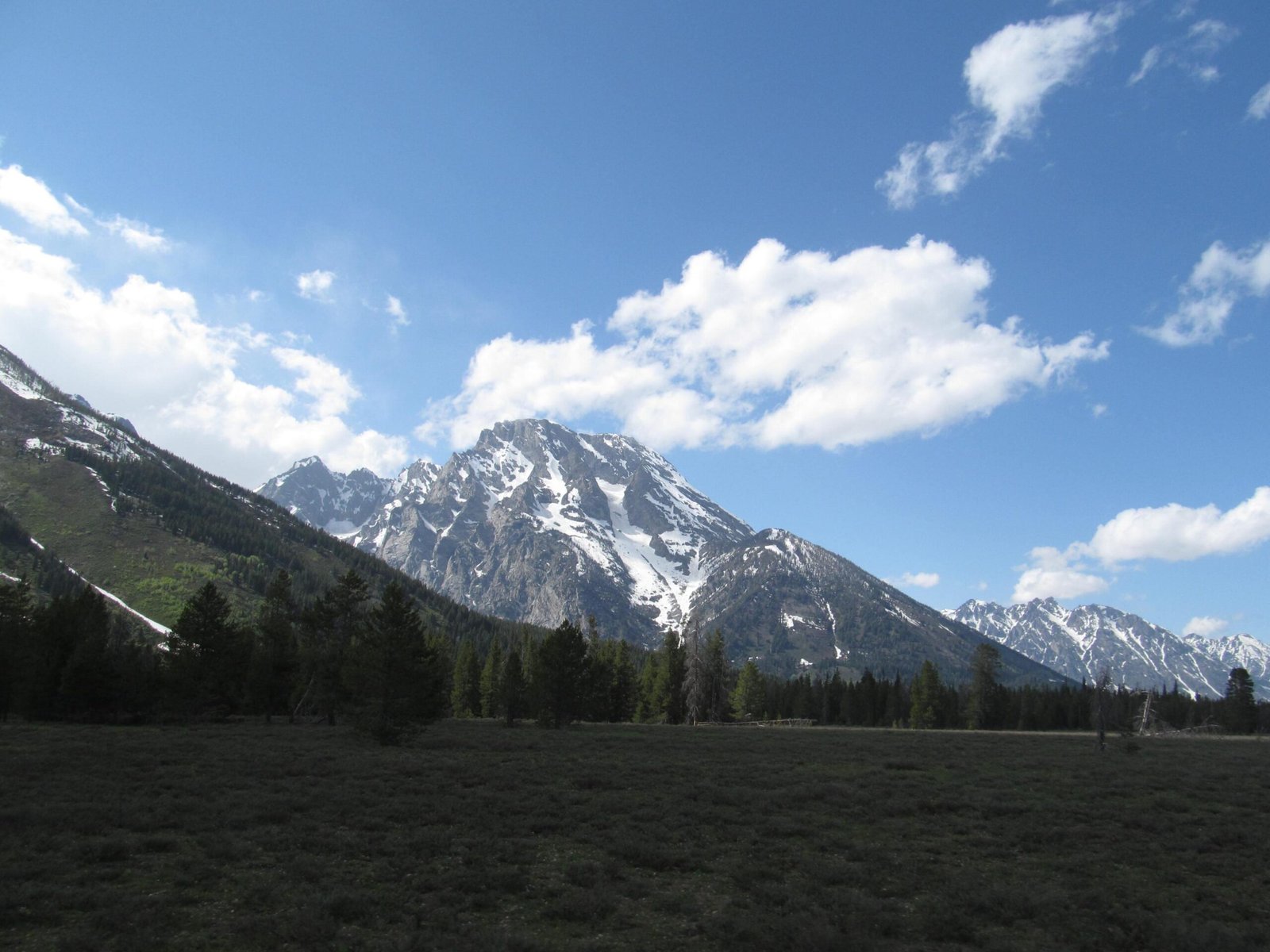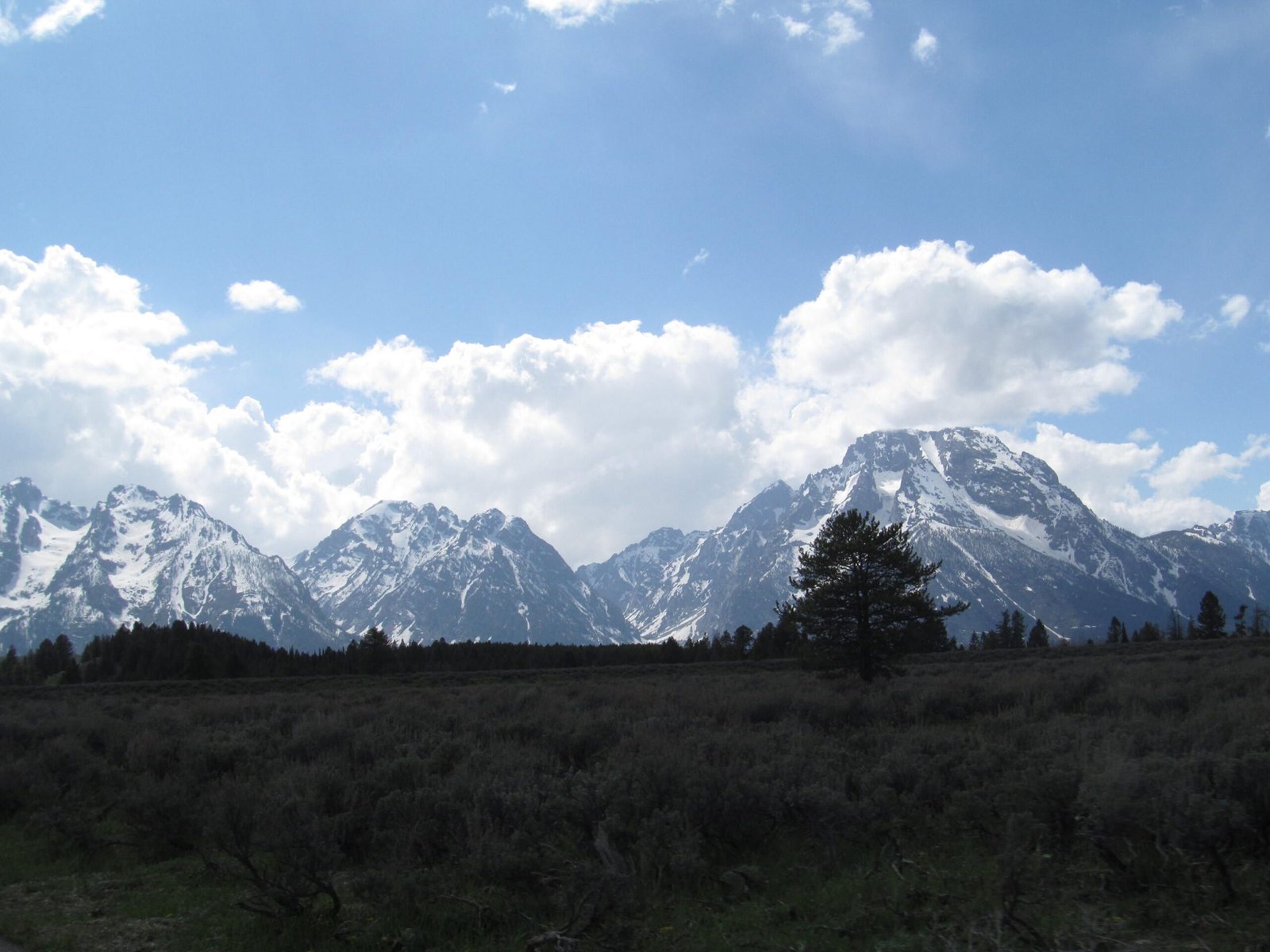Grand Teton National Park hosts an extraordinary mountain landscape where the pinnacle of geological magnificence rises dramatically to 13,775 feet above sea level. This majestic peak, known simply as Grand Teton, represents the absolute highest elevation in the park, offering mountaineers and nature enthusiasts a breathtaking testament to the raw geological power of the Rocky Mountain range.
What Makes Grand Teton the Highest Peak?

Grand Teton stands as an unrivaled monarch in the Teton Range, commanding an impressive elevation of 13,775 feet (4,199 meters). Its geographical coordinates precisely locate this magnificent peak:
- Latitude: 43.741079° N
- Longitude: 110.80253° W
Geological Characteristics of the Peak
| Feature | Description |
|---|---|
| Mountain Range | Rocky Mountains (Teton Subrange) |
| Elevation | 13,775 feet |
| Rock Composition | Primarily granite |
| Geological Age | Approximately 2.7 billion years old |
The mountain’s geological history is as dramatic as its appearance. Formed through tectonic uplift and glacial sculpting, Grand Teton represents a relatively young mountain in geological terms, with its current profile shaped during the last ice age.
How Challenging Are the Climbing Routes?

Climbing Grand Teton requires significant mountaineering expertise. The most popular routes include:
- Owen-Spalding Route
- Difficulty: Class 5.4
- Technical climbing required
-
Recommended for experienced alpine climbers
-
Upper Exum Ridge Route
- Difficulty: Class 5.5
- More exposed climbing
- Requires advanced technical skills
Preparation and Safety Considerations
Successful summit attempts demand:
– Advanced climbing skills
– Proper equipment
– Acclimatization to high altitude
– Understanding of mountain weather patterns
– Physical fitness and endurance
What Permits and Regulations Exist?
Climbers must adhere to strict National Park guidelines:
– Obtain backcountry camping permits
– Follow Leave No Trace principles
– Register climbing intentions
– Carry appropriate safety equipment
– Respect wildlife and environmental regulations
When Is the Best Time to Climb?
The optimal climbing season spans:
– Mid-July to early September
– Stable weather conditions
– Minimal snow and ice coverage
– Daylight hours conducive to climbing
What Wildlife and Ecosystem Surround the Peak?
The Grand Teton ecosystem hosts diverse wildlife:
– Elk herds
– Grizzly and black bears
– Mountain goats
– Numerous alpine plant species
– Unique high-altitude vegetation zones
Recommended Gear for Summit Attempt
| Essential Gear | Recommended Specifications |
|---|---|
| Climbing Rope | Dynamic, 60-meter minimum |
| Harness | Adjustable, comfortable fit |
| Helmet | UIAA certified |
| Climbing Shoes | Rigid sole, good grip |
| Navigation Tools | GPS, topographic map |
How Can Visitors Appreciate the Mountain?
Not all visitors need to summit the peak. Alternative experiences include:
– Photography from scenic viewpoints
– Guided ranger programs
– Wildlife watching
– Hiking surrounding trails
– Professional guided tours
Conclusion
Grand Teton represents more than just the highest elevation in Grand Teton National Park—it symbolizes nature’s raw beauty, geological complexity, and human adventure’s ultimate challenge.

